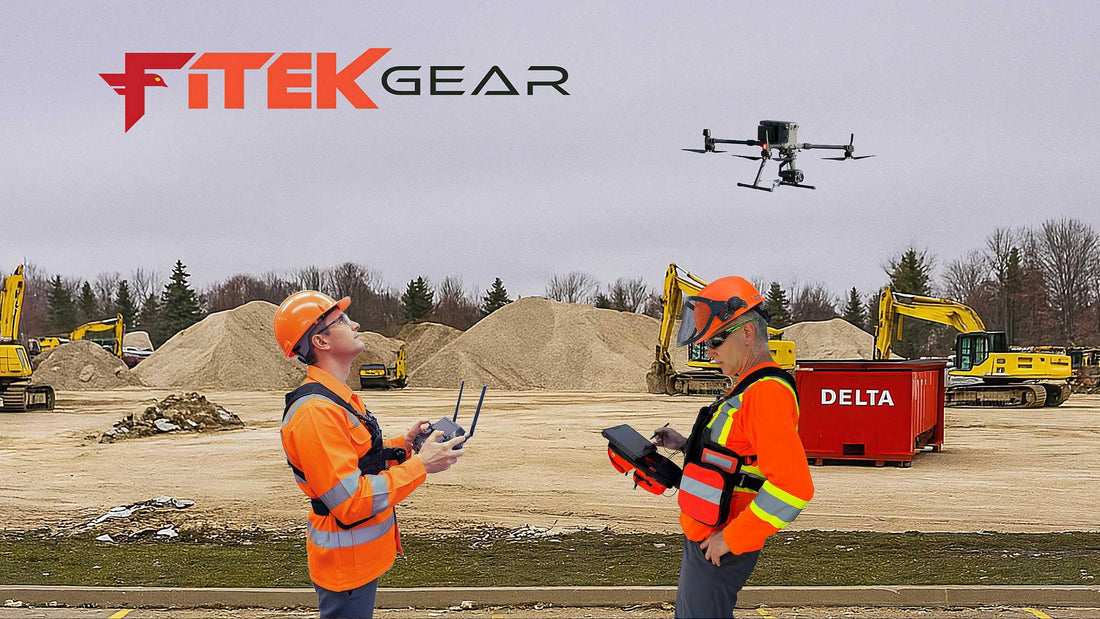
The Neck Strap Problem: Why Drone Pilots Are Still Suffering
In today’s growing world of drone operations—from commercial inspections to aerial content creation—many pilots are still relying on outdated neck strap systems to carry their controllers and tablets. While these simple straps may seem convenient at first, the long-term ergonomic consequences are being overlooked by flight schools, drone instructors, and even safety officers.
Drone pilots frequently report fatigue in the neck, shoulders, and upper back—especially during long missions or when operating in dynamic environments. The static pressure applied to the neck by a single-point strap system can quickly become a source of discomfort and even lead to chronic strain. Prolonged neck flexion, awkward wrist angles, and poor posture all contribute to physical fatigue, which can ultimately impair precision and decision-making during flights.
A 2025 study titled "Ergonomic Risk Analysis for Drone Pilots" by Rubén Rodríguez Elizalde highlights these issues with clarity. The research applied RULA (Rapid Upper Limb Assessment) and concluded that drone pilots are exposed to significant ergonomic risk due to poor control systems and carry methods. The need to maintain constant visual contact with the drone or screen, often with hands fully occupied, only makes matters worse. These risks are compounded for pilots using tablets or controllers with added weight—common in professional or commercial use cases.
The problem lies not only in the straps but in how the weight is distributed. Traditional neck straps focus all load-bearing on a narrow part of the body, often forcing the head and shoulders into unnatural positions. Over time, this leads to muscular fatigue and even headaches, reducing pilot focus and increasing the likelihood of errors. A safer, more functional harness system should offer support across the chest, shoulders, and waist, with adjustable mounting options for screen height and balance. In short, better gear directly supports better posture—and better performance.
At Fitek Gear, we’ve developed ergonomic drone and tablet harnesses specifically designed to solve this problem. Our systems redistribute weight away from the neck and allow pilots to operate hands-free with greater comfort and control. Compared to neck straps, these harnesses offer significant advantages in stability and fatigue reduction. We invite you to watch our demo video and see how a properly designed harness system can transform the pilot experience.
For those responsible for drone training, operations, or safety compliance—now is the time to reassess the gear you’re providing. Investing in better harness systems not only improves pilot well-being but also supports longer, more efficient flight sessions and lowers the risk of strain-related injuries.
